Why Modern Relationships are Struggling—and What We Can Do to Fix Them

Do you overthink a lot in your relationships? Does it feel like your emotions cause you to spiral into a pit? Do you often feel like someone is going to abandon you? Do you reach out to people to demand attention in unhealthy ways (think passive aggressive behavior)? If any of this sounds familiar to you, you most likely have an anxious attachment style. It’s not a result of some fault of your own, but it actually has to do with neuroscience. Yes, how you show up in relationships has to do with your brain.
Aurora Culpo, host of Barely Filtered, recently welcomed attachment specialist Adam Smith and relationship coach Andrey Koriko to the show to discuss the biology of bonding. The cohosts of I Wish You Knew Podcast sat down for a jam-packed discussion on modern day relationships and attachment where Smith and Koriko break down what really shapes romantic connection and why modern dating is so hard.
The neuroscience behind attachment and the biology of bonding
Yes, the science is correct—men and women do bond differently. People have a lot of misconceptions about attachment theory. Some people think it’s astrology or made-up science, but, according to Koriko, it’s actually neuroscience that works with hormone science.
“Yes, there are anxious people, avoidant people, and a blend of the two. Some tend toward men and women. We are seeing a switch where women are becoming more avoidant, and men are becoming anxious and approval seeking. Sixty five percent of Gen Z adults have anxious attachment,” Smith explains.
Smith explains that anxious attachment is a result of the prefrontal cortex (the part of your brain that regulates your emotions) not being fully matured. As a child, you learned that other people manage your emotions for you. Hence why people with anxious attachment must go toward other people to feel safe.
According to Smith, the average person self-regulates 70 percent of the time. On the other hand, an anxious avoidant self-regulates 30 to 40 percent of the time maximum. The person with the anxious attachment seeks 60 to 70 percent co-regulation from others, but it’s likely that they won’t know how to get that because their caregivers were inconsistent.
You don’t just get over an anxious attachment. Instead, you have to do the work to rewire your brain. “You need to rewire the brain pathways and help cultivate better brain pathways that are going to heal that process, increase your bonding hormones. You must balance everything through experience and that takes guidance,” Smith explains.
Don’t run from conflict—it’s actually healthy.
If conflict makes you want to run for the hills, then keep reading. Conflict actually isn’t something to avoid, but it is the foundation to build trust.
Dealing with conflict starts with communicating your subconscious needs, whether those needs are safety, belonging, connection, appreciation, or respect. When you communicate your needs, the person on the receiving end filters it through nonverbal communication—tone, volume, and body language—and their own attachment style filter. Also, context, the other person’s current mental capacity (Are they busy, tired, hungry, or horny?) and perceived intent filter how the other person may receive the communication.
“Conflict is the only way to get really close to your partner by establishing trust. You don’t trust them when things are good. You trust them when they are bad, and then your partner makes them good for you,” Smith says.
Koriko agrees about the value of conflict. “If your relationship is comfortable and you are omitting the dangers, challenges, and faults in each other, you are not giving your partner, specifically men, the data to trust you when life gets bad,” he explains.
How men and women bond differently
Smith explains that women most often bond through the absence of stress and pain and when the receptors are open. Then, they nurture, care, talk, share and bond. Women do this first to feel loved and safe. Then, they’ll begin to explore difficulties and challenges with men. Men, on the other hand, bond during stress, pain, and the release of cortisol. It’s when men achieve something together, overcome a challenge, mark off a goal, or learn a skill together.
“Men have more receptors for this than women; we need to be achieving things as a couple and as a team in order to bond appropriately,” Koriko adds.
The real reason divorce rates are falling—it’s not what you think.
You might think that because the divorce rate is falling, modern day relationships are thriving. Wrong. The truth is younger generations (millennials and Gen Z—we’re looking at you) have stopped getting married altogether.
The problem lies in the fact that most people don’t know what a healthy relationship looks like or how to be a healthy partner. “Most people don’t know how to be married, how to live with another person, how to function or what men and women are supposed to be doing for each other. We need to restore that lost knowledge for people that didn’t learn it from their parents, grandparents, and great-grandparents,” Smith explains.
How to build relational skills
If you want help building a healthy marriage,try out Smith’s CEO–COO model, which is based on human history to create the best marriage structures that every culture has crafted. In this model, the CEO and COO (aka the two partners) work together to accomplish their goals. “We have to be operating as executives together with a greater purpose with specific, exact communication approaches and solving problems together as a team,” Smith explains.
“Everything must flow according to this. When you have that healthy masculine-feminine polarity, everyone’s immune systems are high, their nervous systems are calm, kids do great, and you have multiple honeymoon phases,” he adds.
Read Next
- Is Your Attachment Style Sabotaging Your Dating Life?
- Erin and Abe Lichy Think You Should Put Your Relationship Before Your Kids
- Are You Too Close to Your Partner? Plus More Relationship Advice from This Week’s Podcasts




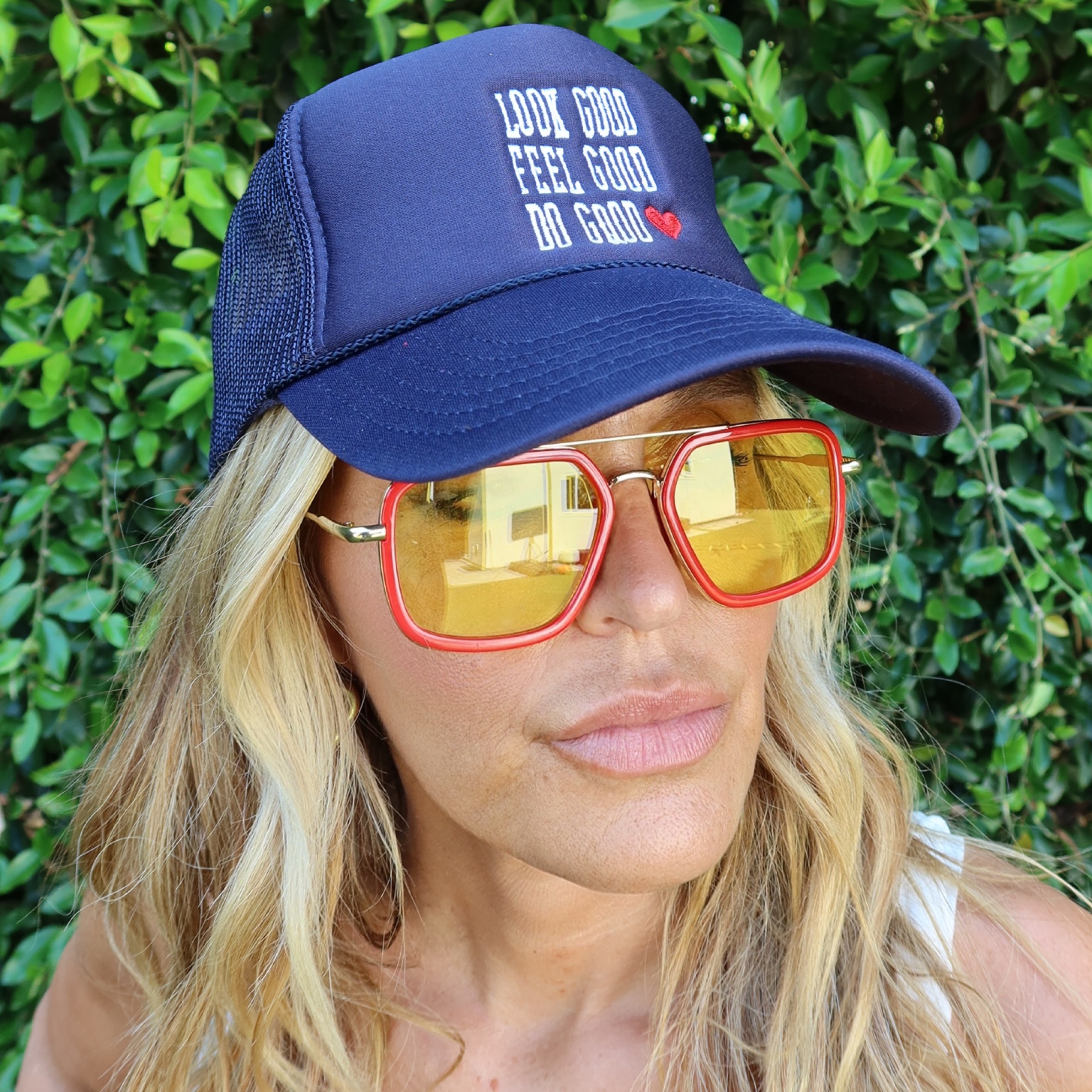

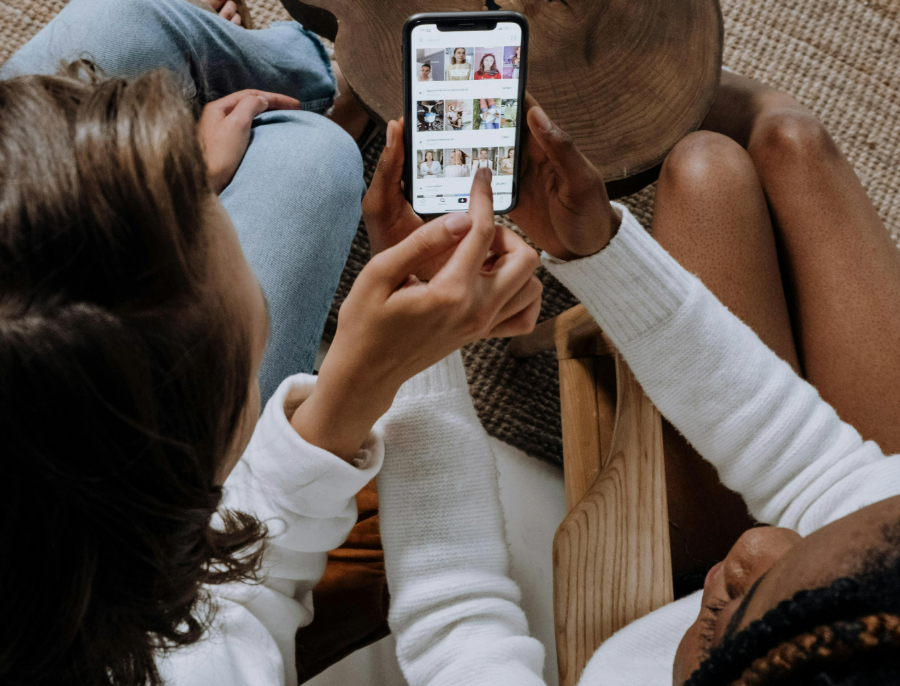


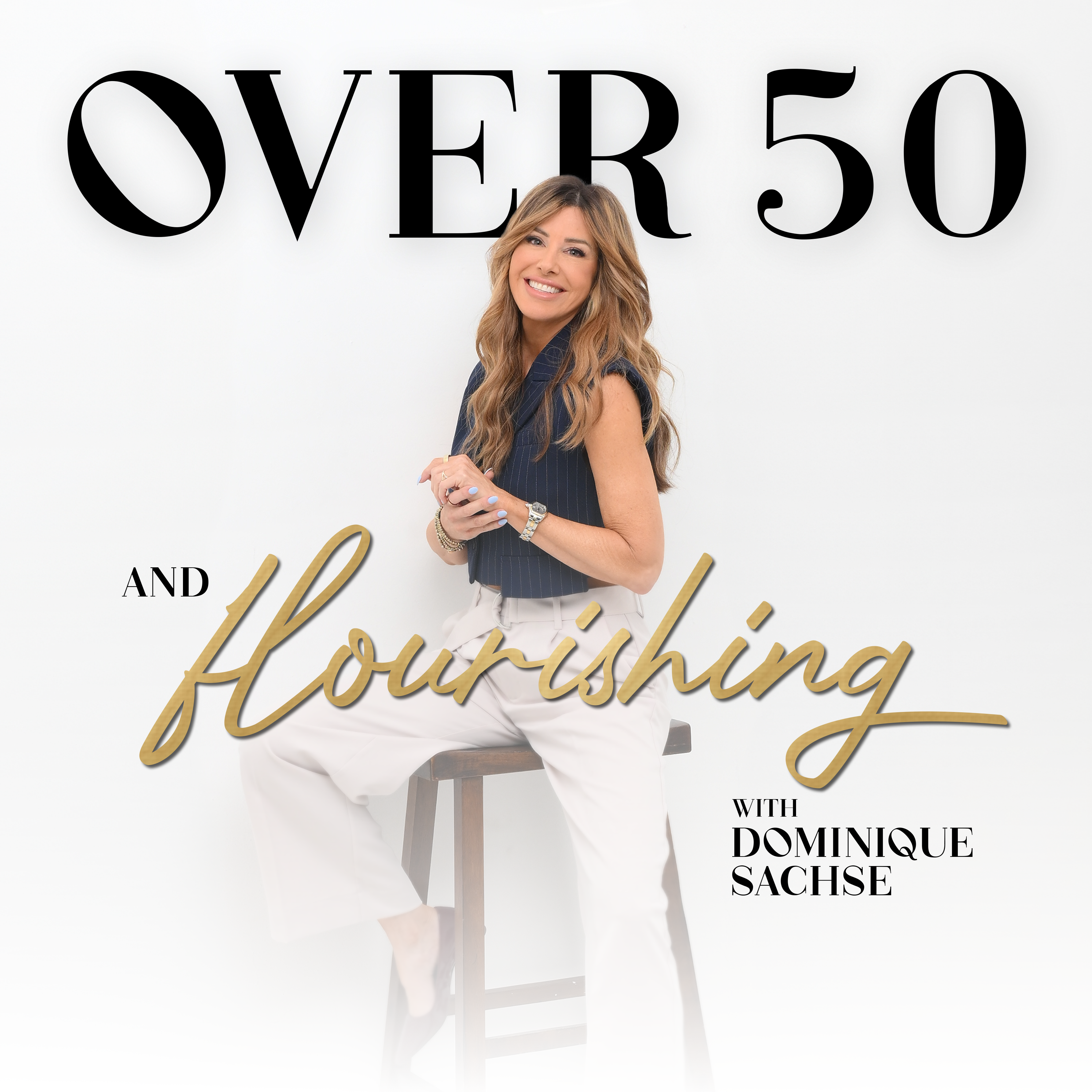

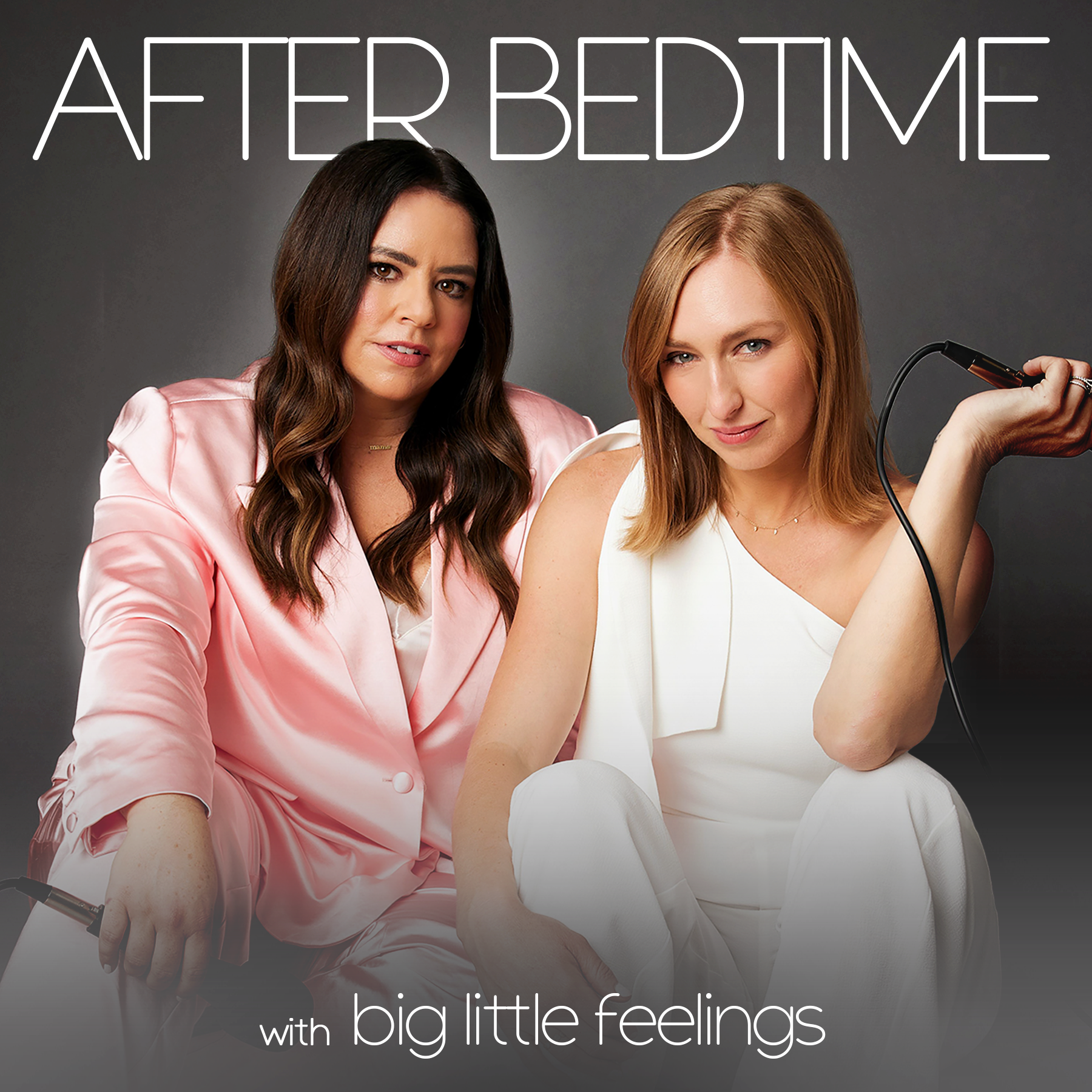


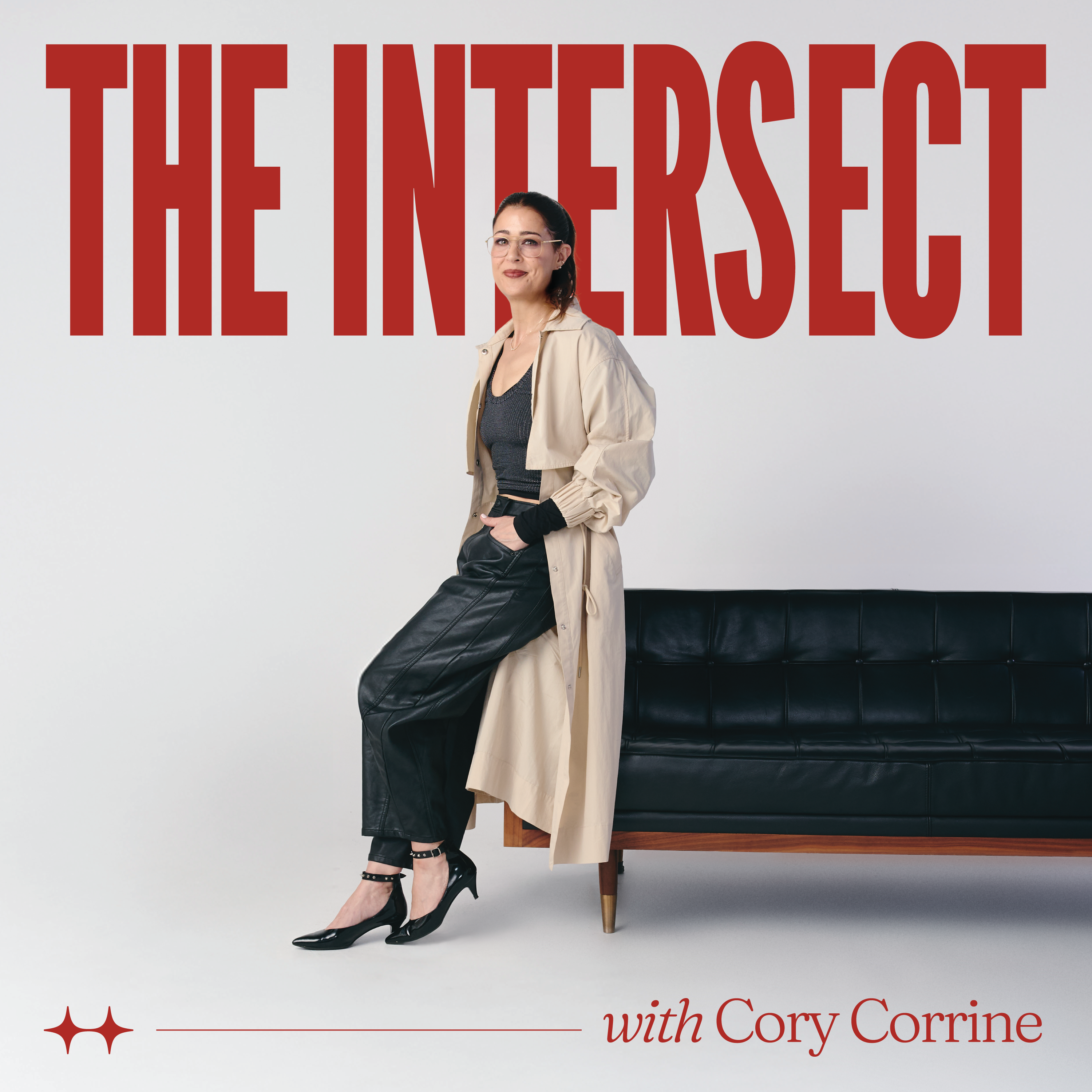
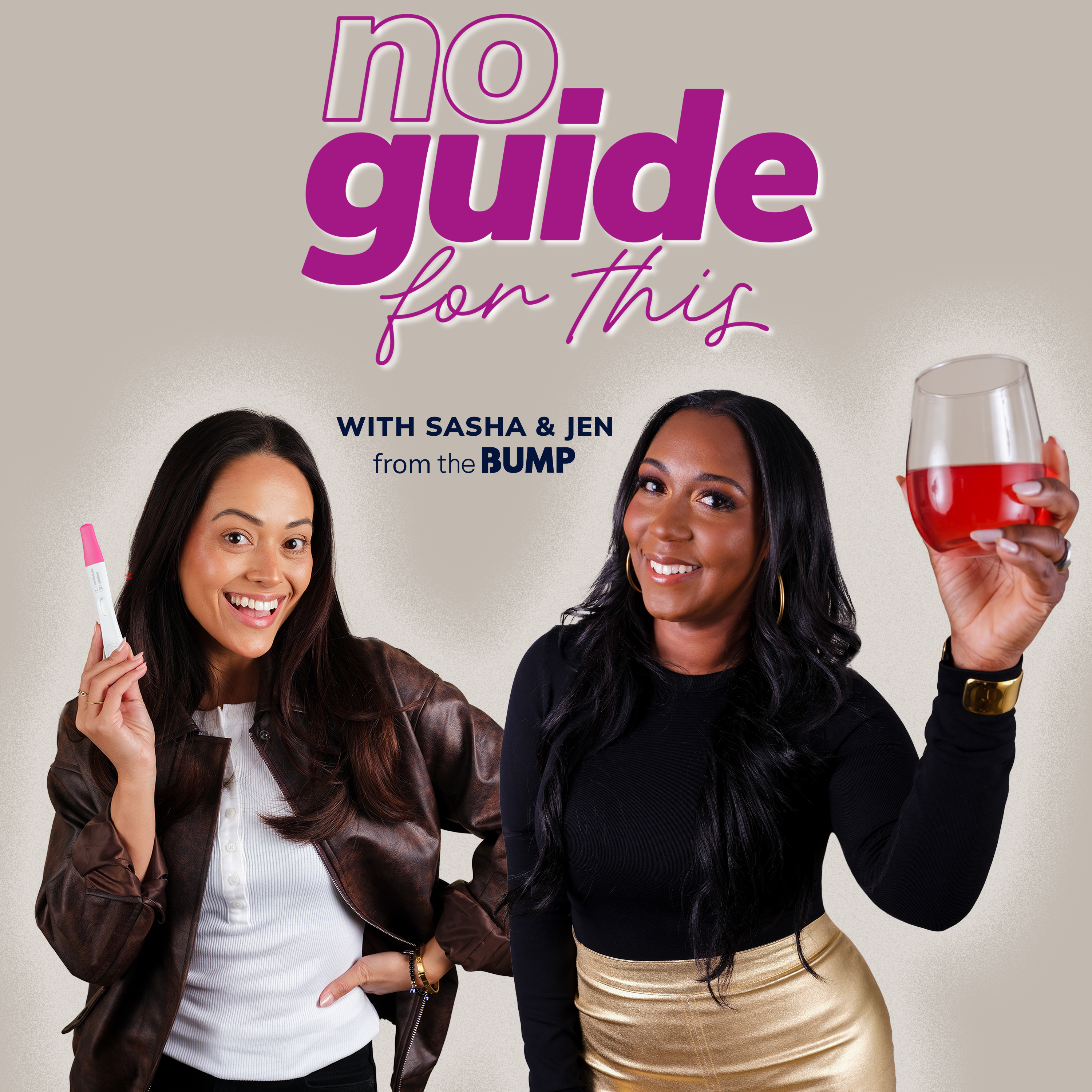

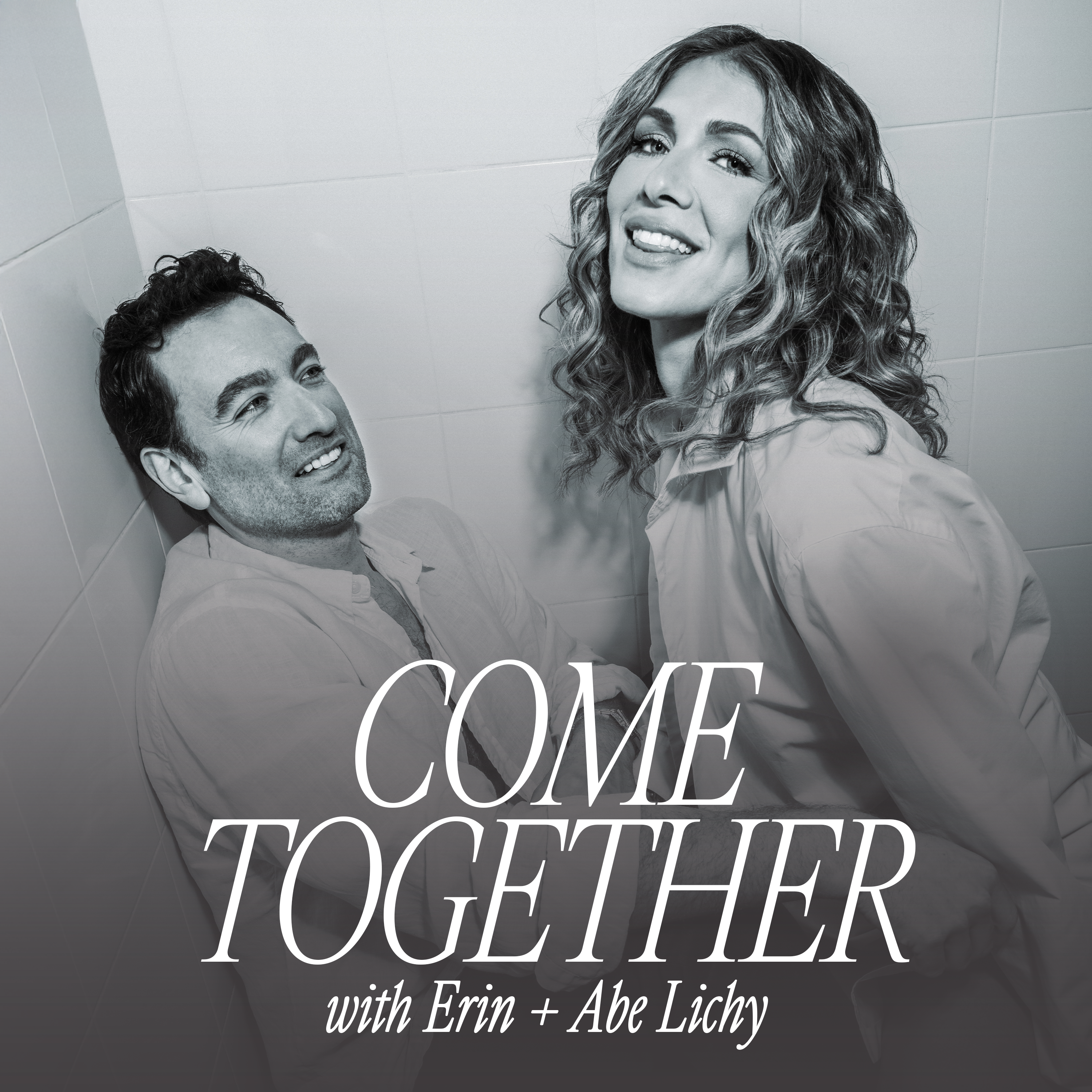
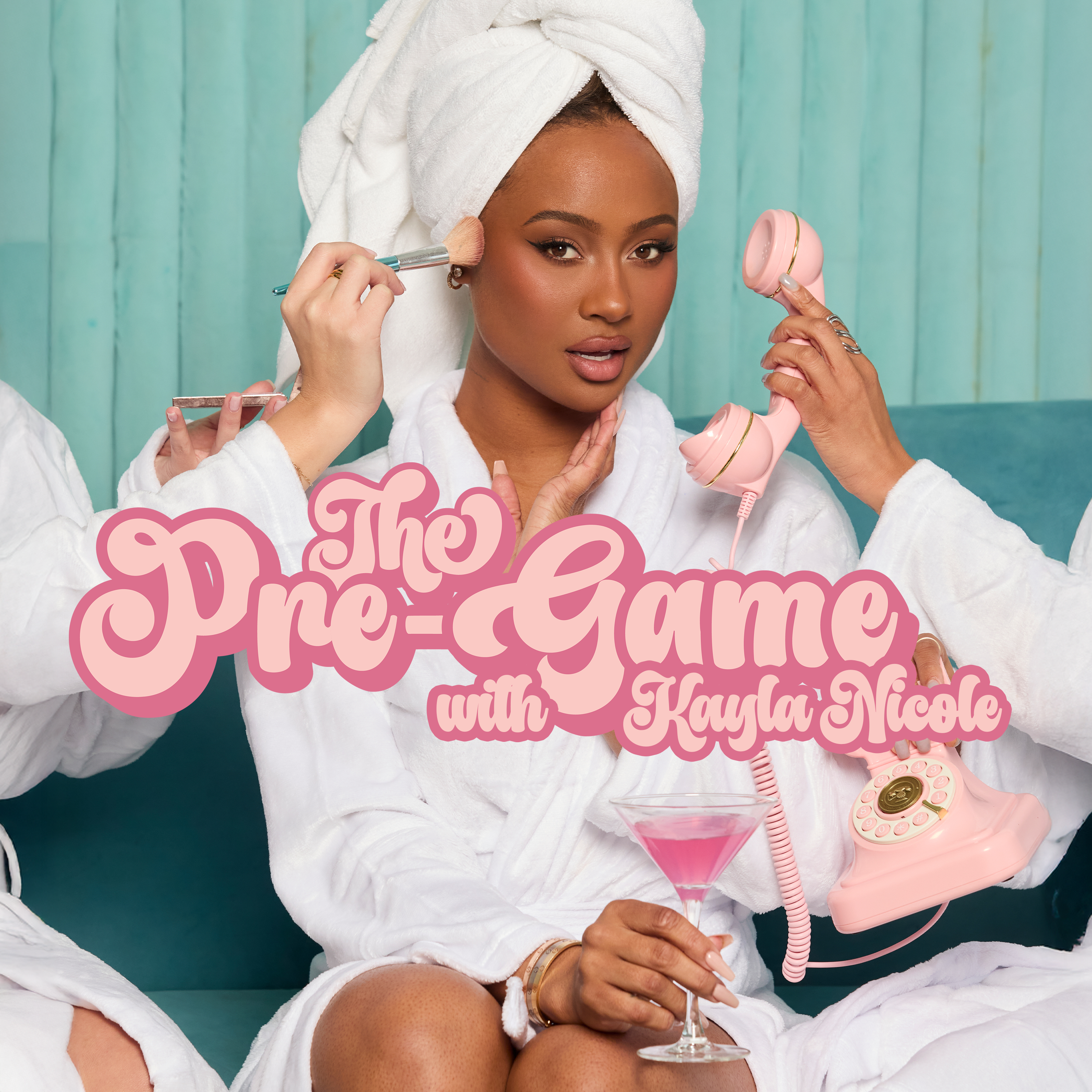

Leave a Reply